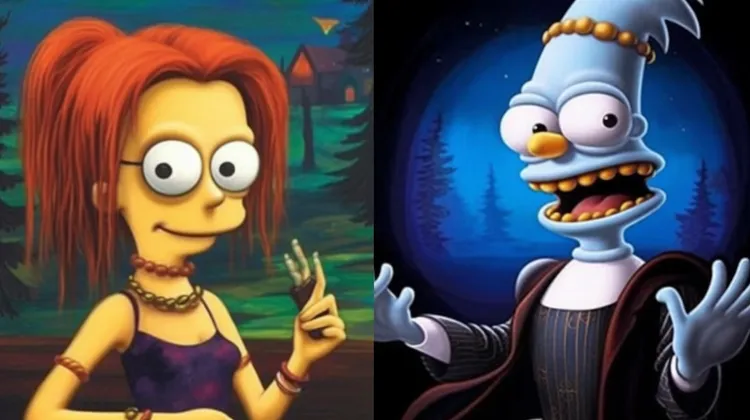
Google’s BART vs OpenAI’s ChatGPT
In the field of artificial intelligence, Google and OpenAI are two of the biggest and most innovative companies. They are constantly pushing the boundaries of what is possible in machine learning and are always working to develop new and exciting technologies. Recently, Google and OpenAI have both made headlines with their respective conversational AI models, BART and ChatGPT. These models have been designed to mimic human conversation and help people interact more effectively with technology.
BART, or Bidirectional Encoder Representations from Transformers, is a conversational AI model developed by Google. Google’s BART was first introduced in 2019 and has since become one of the most widely used models in the industry. BART is a natural language processing model that uses deep learning techniques to analyze and understand human language. BART is designed to help users interact with technology in a more natural and effortless way. It has been used to improve natural language understanding, image captioning, and summarization.
On the other hand, OpenAI’s ChatGPT, or Generative Pre-training Transformer, is another advanced conversational AI model. Unlike BART, which is a more general-purpose model, ChatGPT’s primary focus is on creating dialogue that is as natural as possible. ChatGPT is designed to generate human-like responses to any given input. It is particularly adept at generating text that is creative and engaging, which makes it an excellent choice for chatbots, virtual assistants, and other conversational tools. The model has been trained on billions of pieces of text so it can better understand human language and respond more effectively to user input.
When it comes to the capabilities of these two AI models, both BART and ChatGPT excel in different ways. While BART’s main strength is in natural language processing, ChatGPT is focused more on generating text that is engaging and creative. Both models, however, are highly effective at generating human-like responses to a wide range of inputs.
One area where BART stands out is in its ability to generate summaries of long articles. BART’s summarization capabilities enable it to quickly distill complex information into a concise form that is easier for users to understand. This feature is particularly useful for news articles, academic papers, and other types of content that require a deeper understanding of complex ideas. Additionally, because BART is bidirectional, it can analyze text in both directions, which can help it better understand the context of the input.
OpenAI’s ChatGPT, on the other hand, is particularly effective at generating creative and engaging responses to user input. ChatGPT is able to generate human-like responses because it has been trained on a massive amount of human-generated text. This has allowed it to understand how people communicate and respond, even when faced with complex or unexpected inputs. As a result, ChatGPT is an exceptional choice for chatbots and virtual assistants, which need to be able to effectively communicate with users in a natural and engaging way.
When it comes to the future of conversational AI, both BART and ChatGPT are poised to play an important role. As more and more businesses and organizations look to incorporate conversational AI into their operations, these two models will become even more important. In the coming years, we may see a growing emphasis on AI-based customer service, virtual assistants, and other conversational tools that can help people interact with technology in a more natural way.
Overall, the clash between Google’s BART and OpenAI’s ChatGPT is a testament to the incredible innovation and progress being made in the field of artificial intelligence. Both models represent significant advancements in the ability of machines to understand and interact with human language. As more businesses and organizations begin to incorporate conversational AI into their operations, we can expect both BART and ChatGPT to play a prominent role in helping them achieve their goals. The rivalry between Google and OpenAI is sure to continue, and we can expect to see even more groundbreaking work from these two companies in the years to come.
6 thoughts on “Google’s BART vs OpenAI’s ChatGPT”
Leave a Reply
You must be logged in to post a comment.
I’m tired of hearing about these AI models. They’re interesting at first, but they’re not solving real-world problems. We should focus on more practical applications of technology.
I’m concerned about the security and privacy implications of conversational AI. These models have access to so much personal information, and who knows how it could be used or abused.
I have concerns about the massive amount of human-generated text being used to train ChatGPT. There’s a risk of the model perpetuating biases and generating inappropriate responses.
I can’t wait to see what the future holds for these AI models. The possibilities for conversational AI are truly endless! 🌌
The increasing demand for conversational AI in businesses and organizations will definitely make BART and ChatGPT even more important. It’s great to see the growth and potential in this field.
The so-called rivalry between Google and OpenAI seems mostly for show. They’re probably just competing for attention and market dominance. It feels more like a PR stunt.